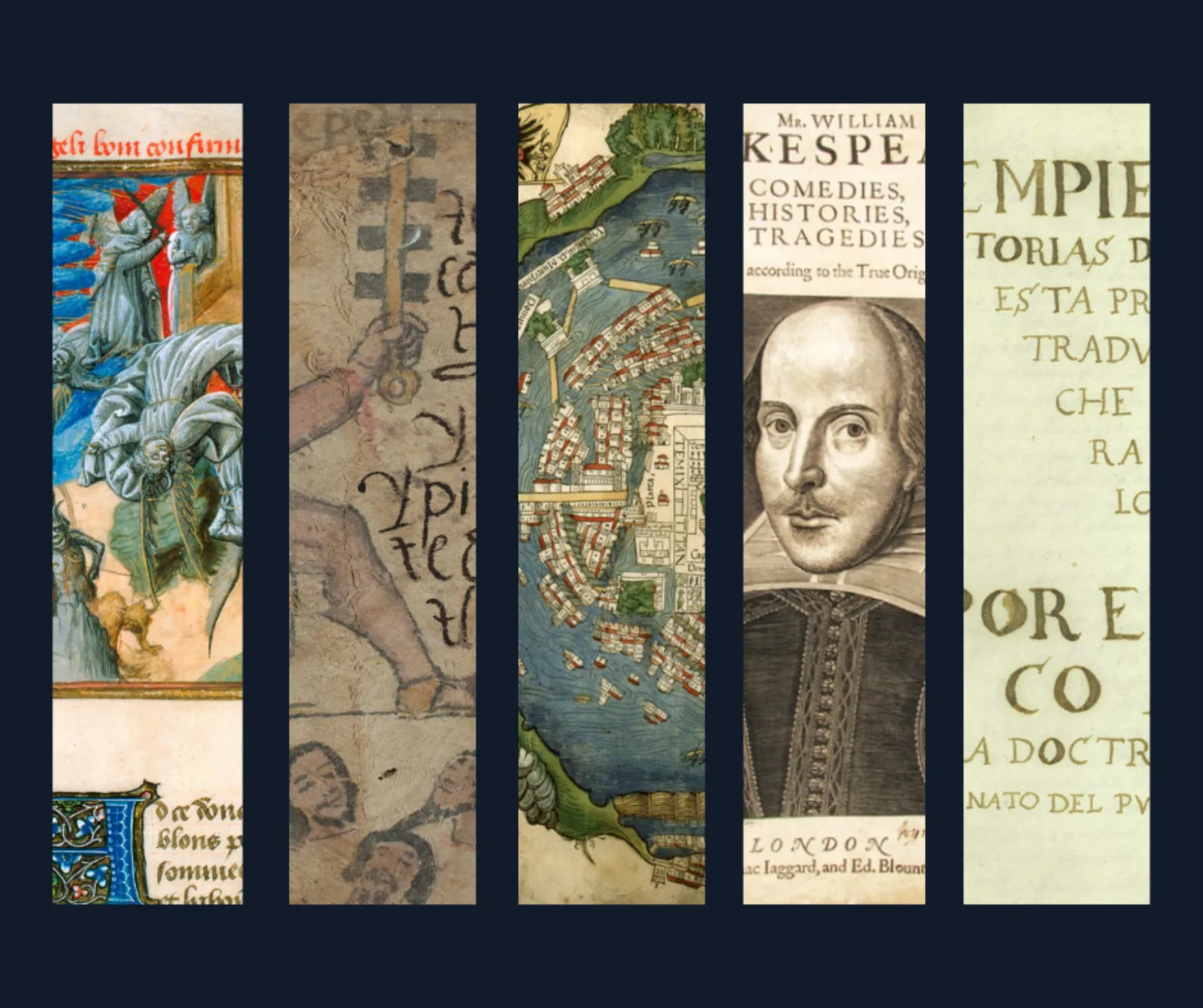With over twenty seven miles of shelving in the Newberry stacks—and an ever-growing collection—you may never run out of new material to explore! Even so, each year there are a handful of items that researchers request over and over again. Communications Coordinator Lili Pangborn decided to look into the five most-requested items of 2024 to see what the hype was all about.
Explore the 5 Most-Requested Collection Items of 2023#5. Le miroir de humaine saluation, 1455
Created around 1455, Le miroir de humaine saluation (or The Mirror of Human Salvation) might be the most luxurious medieval manuscript in the Newberry collection. Translated into French from the original Latin, the text explains Christian salvation history through typology — a method of biblical interpretation in which the events described in the Hebrew Bible were read as prophetic symbols for events described in the four Gospels. Between its numerous richly-colored illuminations, its pristine parchment, its abundant use of gold leaf, and its elaborate script, this manuscript clearly served as both a devotional object and a status symbol.
View Catalog Record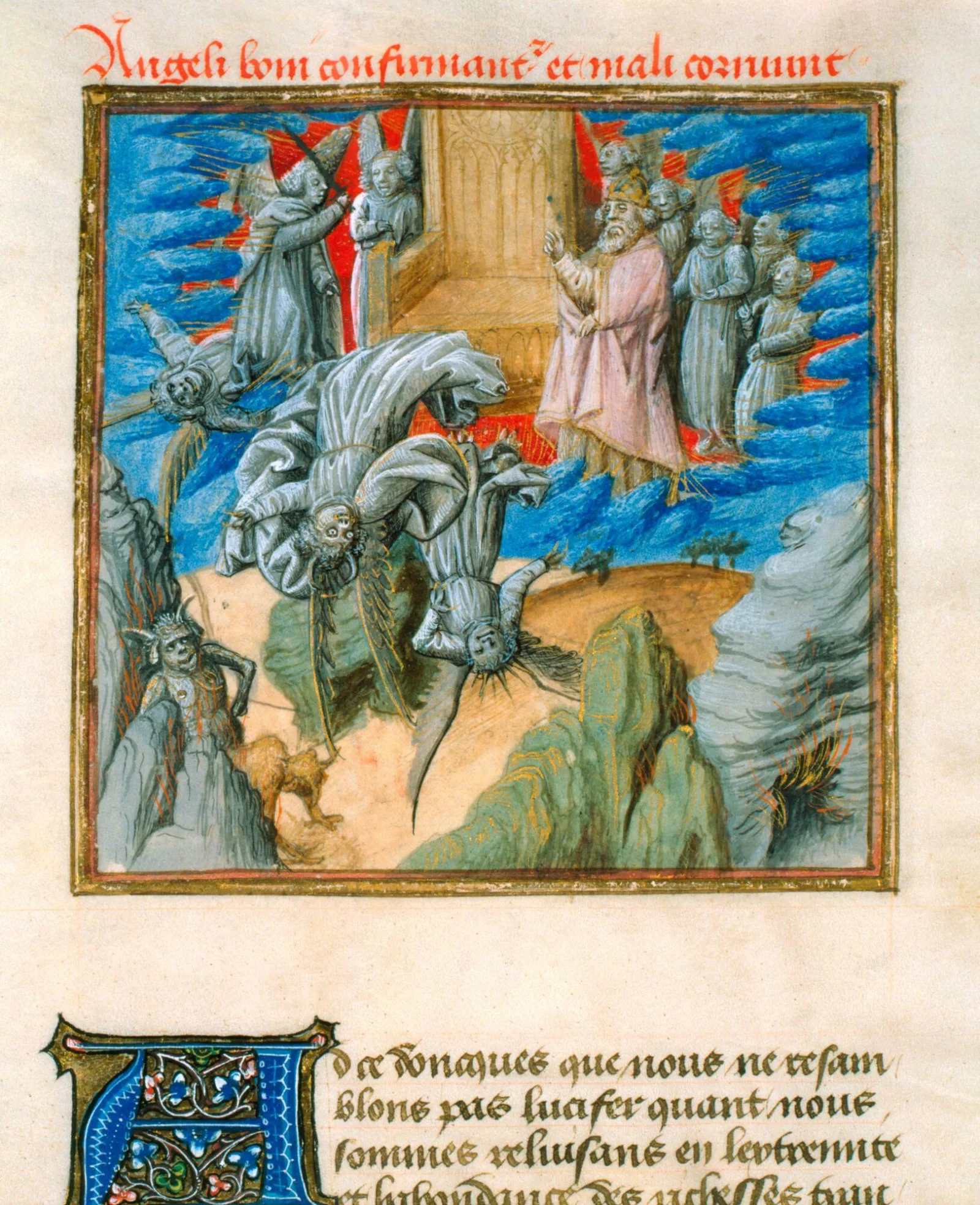
#4. Codex Zempoala, 1720
The fourth most-requested collection item is the "Codex Zempoala," an early eighteenth-century document aimed to safeguard and conserve the rights and lifeways of Indigenous people in the central Mexican village of Zempoala. The Nahua people used this document to demonstrate their long-standing relationship with the land in an attempt to prove their land rights. Made of Indigenous amatl (fig bark) paper, the Codex Zempoala is referred to as a Techialoyan codex or "village land book."
View Catalog Record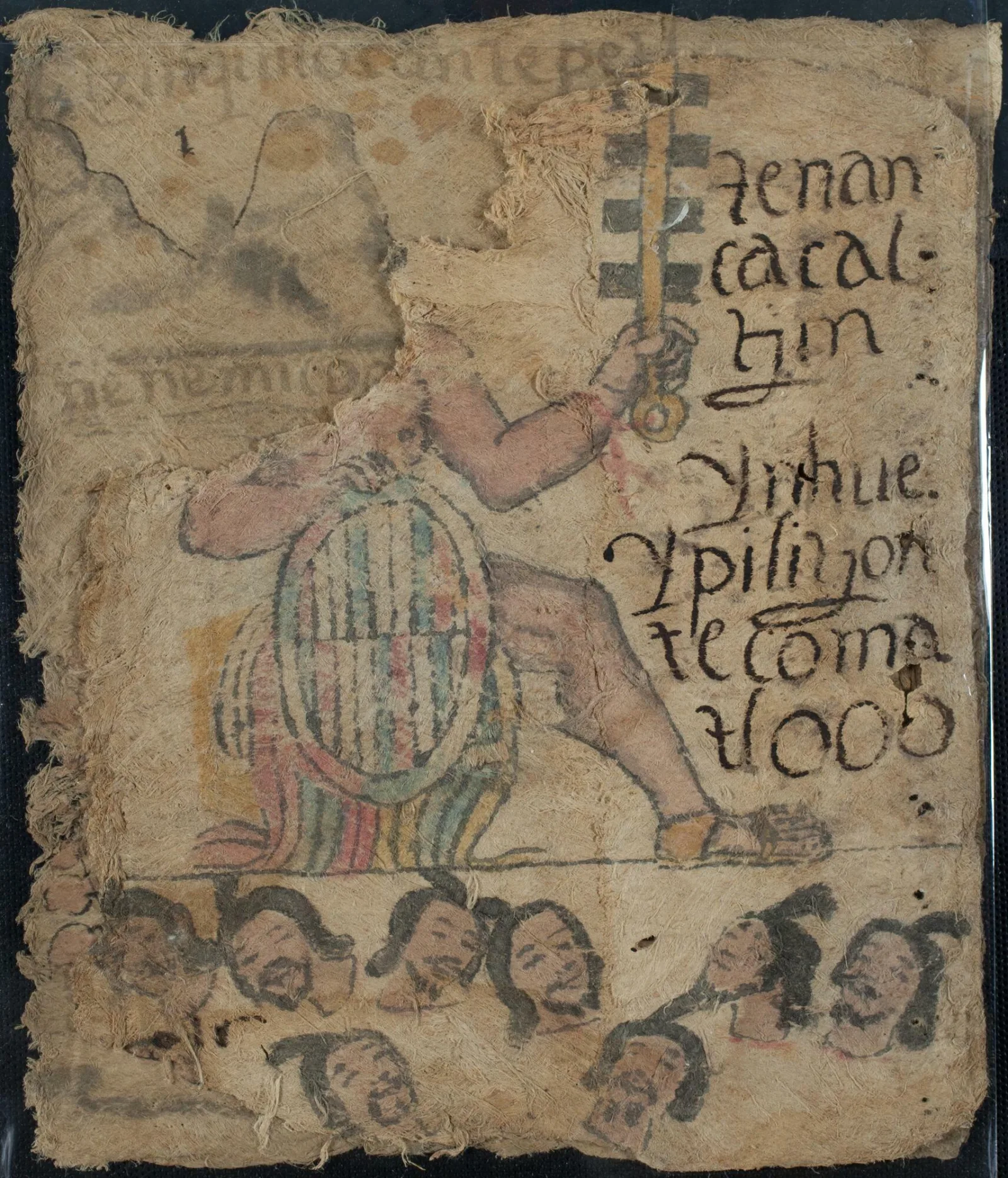
#3. Praeclara Ferdinandi Cortesii de noua maris oceani Hyspania narratio..., 1524
Coming in as the third most-requested item of 2024 is Hernán Cortés's account of his campaign in Latin America. Cortés emphasized (often falsely) the economic and material benefit of colonizing what is now known as Mexico. Spanish troops led by Cortés and their Indigenous allies opposed to the Aztec Empire completed the destruction of the empire and its capital, Tenochtitlán, in 1521. This volume includes a printed map of Tenochtitlán, published in Europe in 1524 based on a drawing Cortés sent to King Charles V. However, many scholars believe that the Cortés drawing incorporates information from an Indigenous map source, as it includes details that Cortés never mentions in his account.
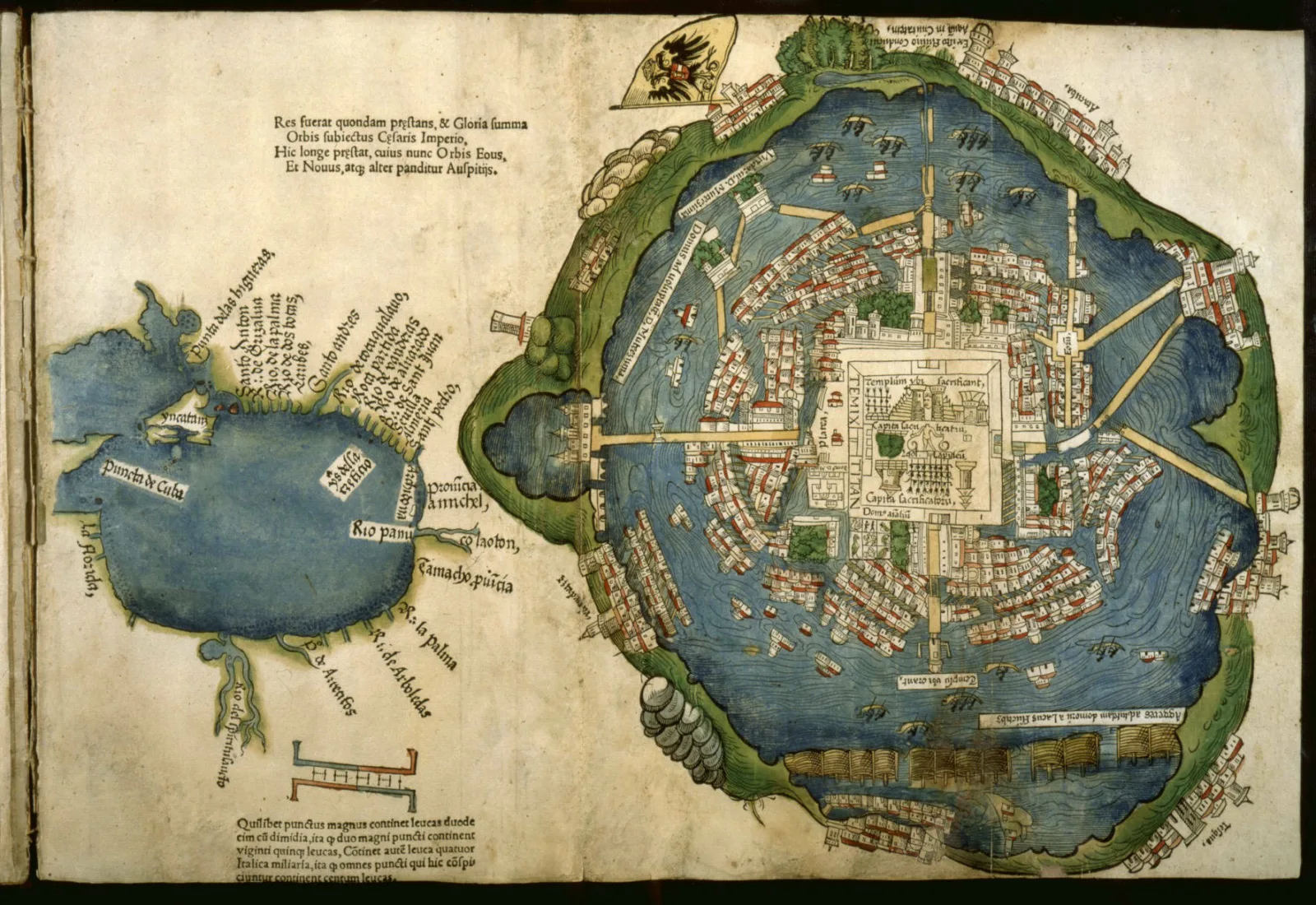
#2. Shakespeare's First Folio, 1623
In second place, we have Shakespeare’s First Folio. Printed posthumously in 1623, the so-called Shakespeare First Folio is the first published collection of Shakespeare’s works. Without it, several plays—including Macbeth and The Tempest—might have been lost forever. The Newberry’s copy of the First Folio (to our knowledge) is the only one you’ll find in Chicago. This collection item also came in second place for the most requested items of 2022 and 2023!
View Catalog Record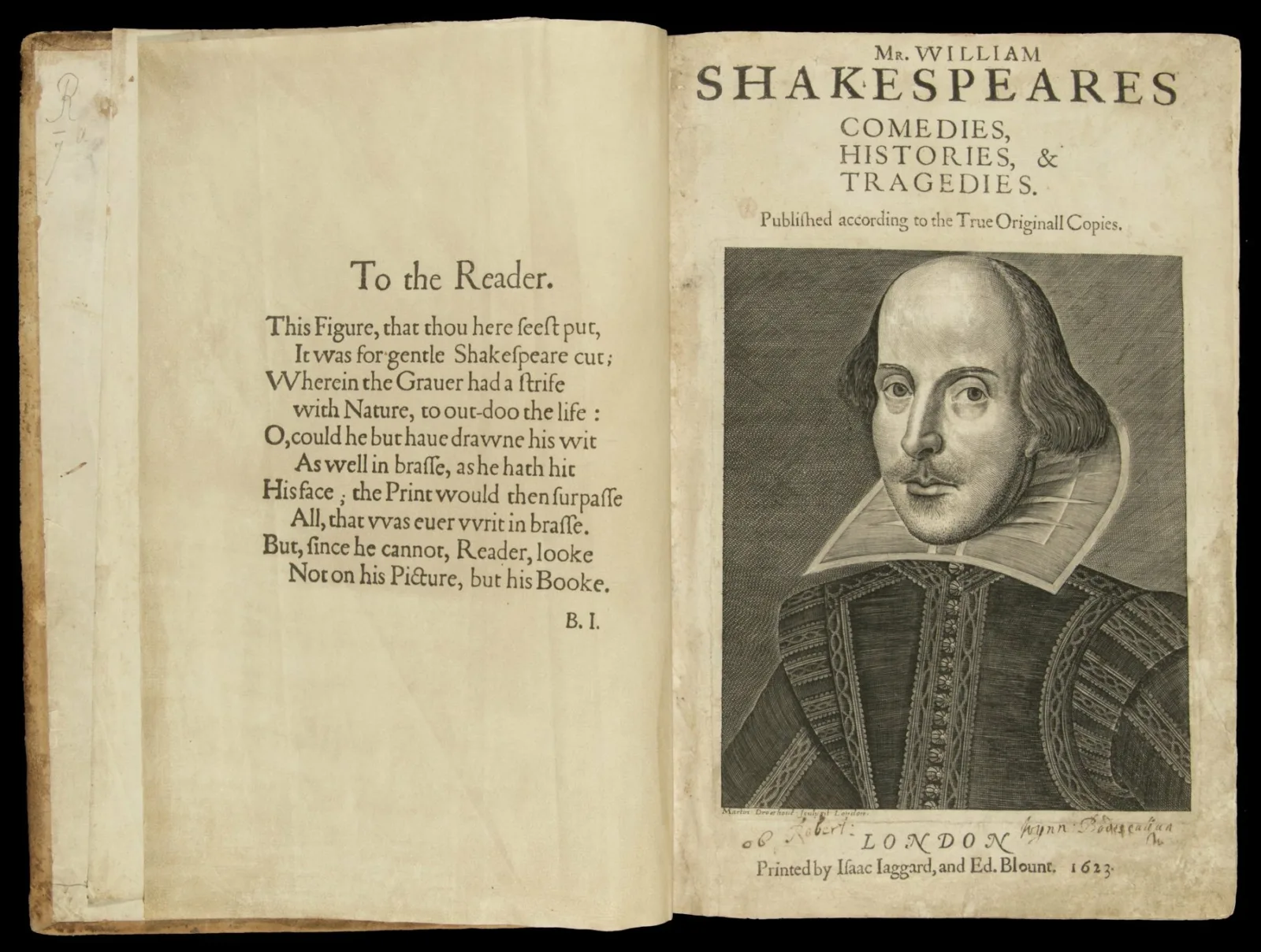
#1. Copy of the Popol Vuh, 1700-1715
The manuscript text of the Popol Vuh is one of four related documents listed in our catalog as Ayer MS 1515, under the title "Arte de las tres lenguas kakchiquel, quiché y tzutuhil." However, most people request this item to interact with the Popol Vuh text.
The Popol Vuh is the creation account of the Mayan people. The text weaves together stories about cosmologies, origins, traditions, and spiritual history. ("Popol" can be translated as "woven mat" and "Vuh" [or "Wuj"] as "book.")
The Newberry’s copy of the Popol Vuh was transcribed in the K'iche' language and translated into Spanish between 1700 and 1715 by a Dominican priest named Francisco Ximénez, in collaboration with unidentified K'iche' Maya speakers. Some scholars believe that Ximénez's copy was derived from an earlier version, probably prepared in the sixteenth century by a native speaker who had learned Latin characters.
View Catalog Record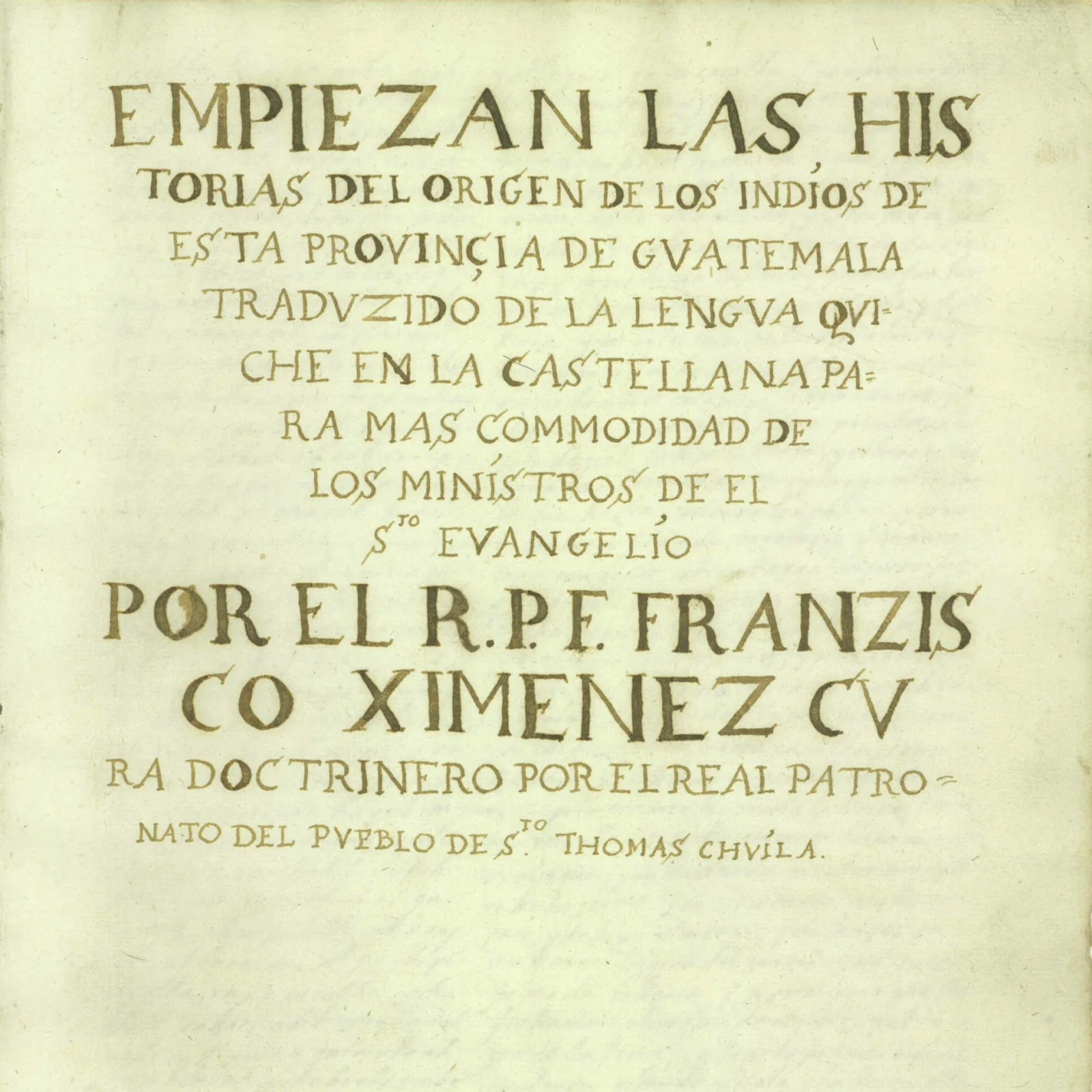
About the Author
Lili Pangborn is Communications Coordinator at the Newberry.
